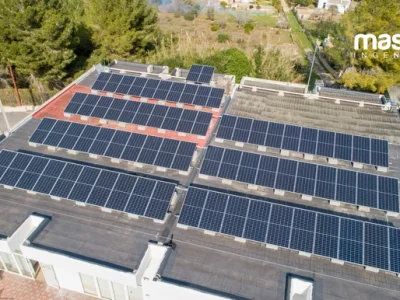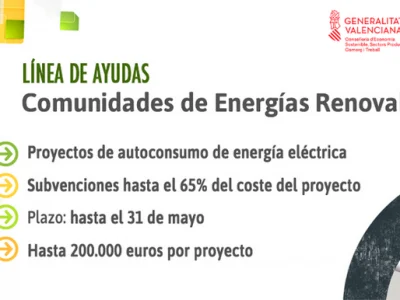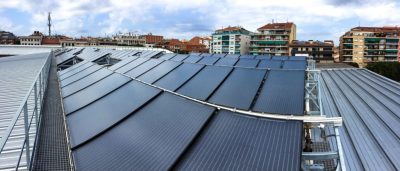As you may know, for several years now, Spain has permitted the sale or compensation of surplus energy from photovoltaic installations—that is, energy that is not consumed.
However, this compensation is only possible for self-consumption systems connected to the electricity distribution grid, and they must also meet three fundamental requirements:
- The supply cannot exceed 100 kW of contracted power.
- The owner cannot profit from this compensation as an economic activity.
- A bidirectional counter must be available.
The surplus energy supplied to the grid is deducted from the amount of energy consumed and offset on the bill at the price agreed upon in our electricity contract. Therefore, below we’ll show you how to find the most beneficial option for your supply.
Current situation of the free and regulated electricity market
The first step to achieving the maximum savings that surplus compensation provides is to choose between PVPC or the free market, as we must consider both its price and electricity consumption when the panels are not producing energy.
Price off surpluses in the regulated market
This market operates exclusively with the regulated electricity tariff, known as PVPC, which can be contracted from any of the eight reference retailers under the same terms and conditions.
This is because the price of electricity per kWh is set based on supply and demand, so it varies 24 hours a day and is supervised by the State. These prices are organized into time slots, with peak hours being the most expensive and off-peak hours being the most economical.
In this case, the energy that the self-consumption system injects into the distribution grid is valued at the average hourly price, minus the cost of deviations. The current surplus price is €0.05/kWh.
Price of surpluses in the free market
The free market has more than 300 retailers, which independently set their own contracting conditions for each of their operations.
Therefore, in free tariffs, the price of the surplus, as well as the cost of the energy consumed from the grid, will be valued according to the terms agreed upon between the electricity company and the user in the supply contract.
In this case, it’s essential to compare the different offers and promotions on the market to find the option that offers the most significant benefits.
Which rate is best to hire?
If you already have a photovoltaic system, or are considering one, and would like to opt for self-consumption with surplus compensation, we recommend consulting an energy advisor.
Choosing the cheapest electricity rate is a personalized process based on the building’s residents’ consumption habits. Furthermore, we don’t need to consider the price per kWh for surplus and consumption; we must also analyze other aspects of the contract, such as additional maintenance services or the contract duration.






